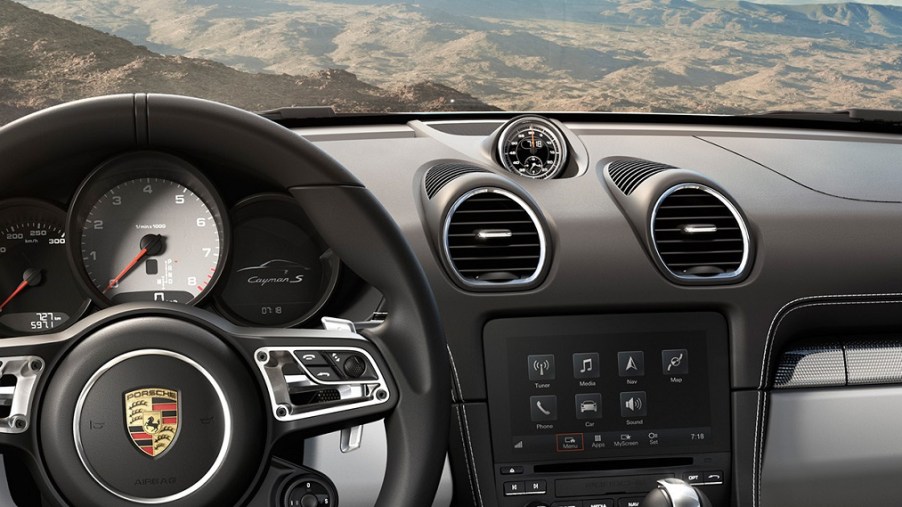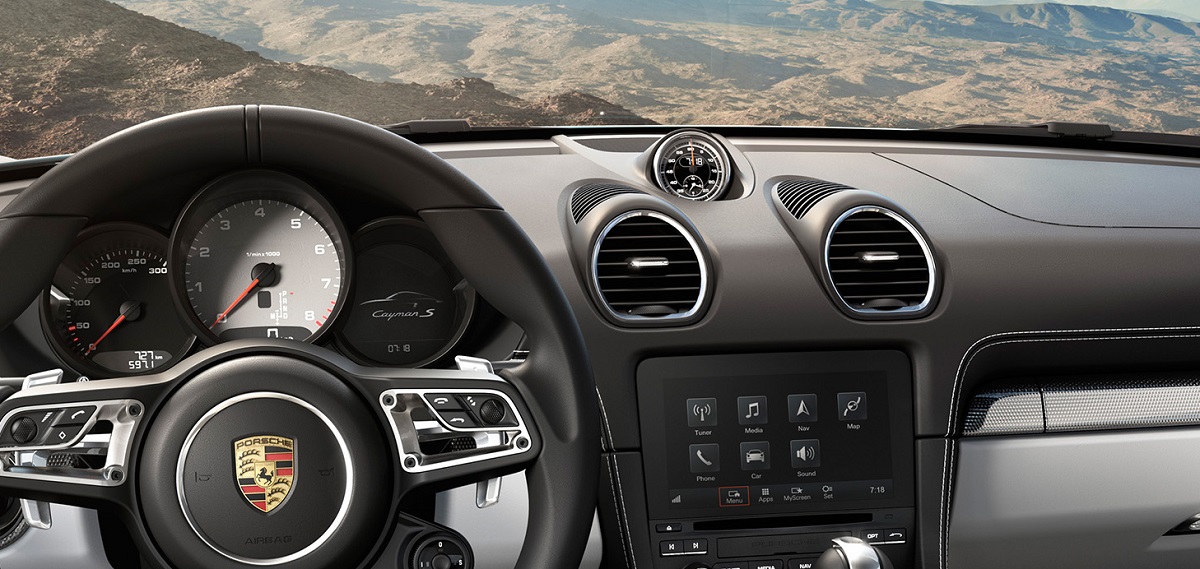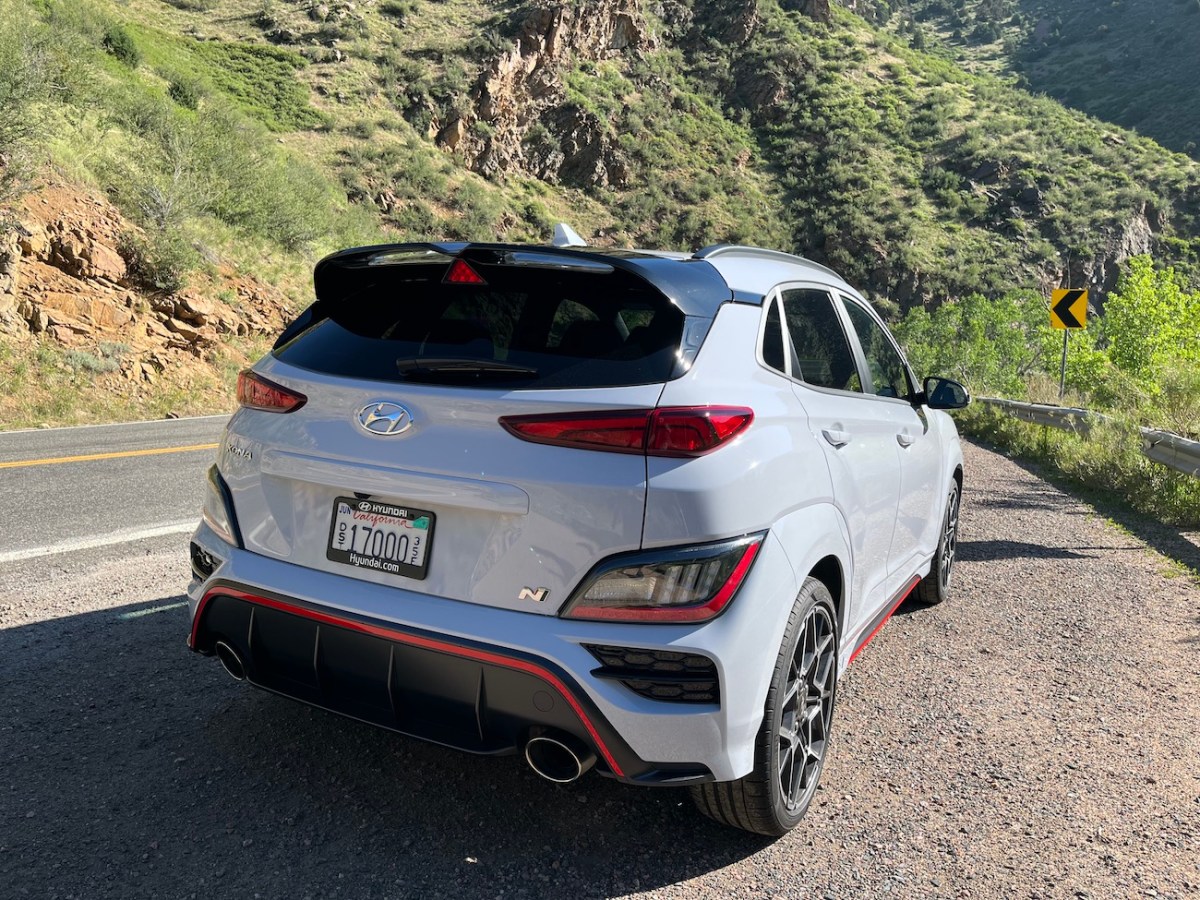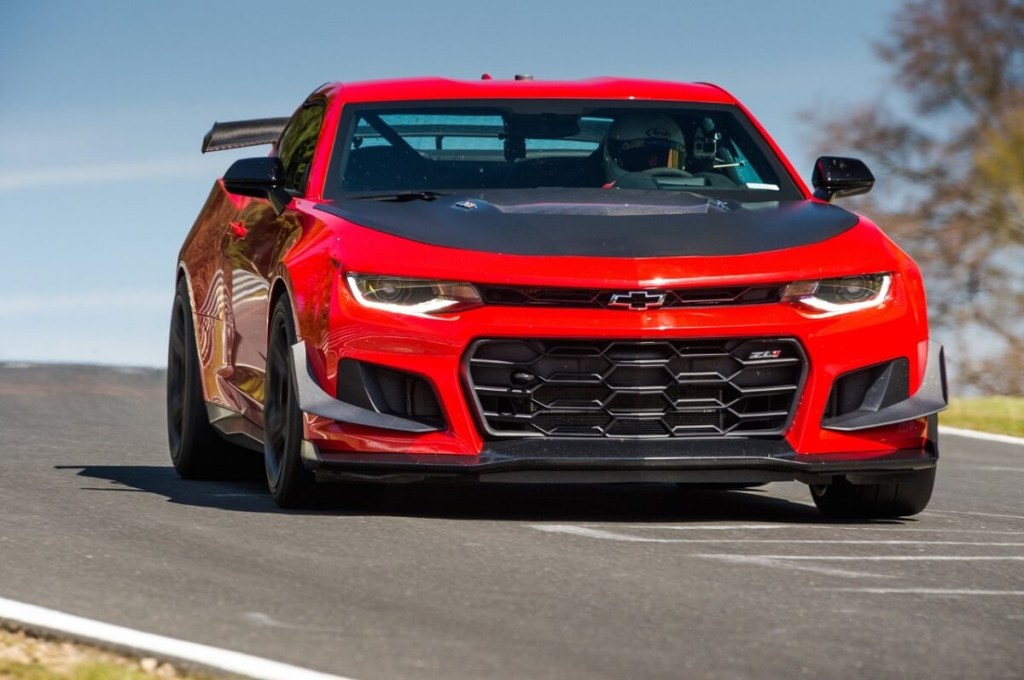
Top 5 affordable performance cars with built-in lap timers
Racers, hot rodders, and poseurs all love having a lap timer in their cars. It’s a feature that, while it’s mainly for use on a racetrack, allows you to track your lap times. Why is that important? It tells you if you’re on the race pace, off the race pace, or worse, losing time to some hot shoe behind you via a timer on the dash.
Why is a lap timer important?

Racers don’t look at their speedometers, instead, we look at our lap times and how to improve them on racecourses. Take a turn too wide, and you’ll lose a couple of tenths of a second to the person behind you, or get the right drive off from a corner and you can gain some time.
Many motorcycles have built-in lap timers, such as the Triumph Daytona, the BMW S1000rr, and the Ducati Panigale for track work. Now, even Hyundai’s Kona N cars have built-in automatic lap timers, just like Mclaren and Ferrari supercars.
Hyundai Kona N

In the Hyundai Kona N comes with a lap timer. While many of us don’t think of the Kona as much more than a cute grocery getter, in N trim with the quick-shifting 8-speed ducal-clutch automatic and the 276 horsepower turbocharged four-cylinder engine, it can play. Hyundai is backing up its performance promise with a built-in g-meter and data logging. The Kona N starts at $36,285.
The Hyundai Elantra N, too, has a similar system. Not bad for a four-door.
For those of us not lucky enough to be able to afford a Sport Chrono-equipped Porsche, there are alternatives. There are expensive versions, like the VBOX and Aim Solo 2, that you install in your car. Apps like RaceChrono offer some cool functionality for your phone. Yes, you have data logging and analysis, but you can also record a video and overlay it with the logged data.
Honda Civic Type R

In the old days of 2017, you needed to download the performance app to your phone to get access to the Honda LogR system in hot Hondas. Today’s Honda Civic Type R has an onboard system that can connect to your smartphone, but you don’t need to. You can now use the onboard system to access a stopwatch to record lap times, a unique tire friction circle in 3D motion that displays the maximum tire force the car can achieve, and a scoring function that helps you improve your times on the track. You can also share those times over the network with other Type R owners.
The Type R comes with a stout 315-horsepower turbocharged four-cylinder and a 6-speed manual with rev-matching. The Type R starts at $44,390.
Ford Mustang GT
Many Ford Mustangs built since 2016 have an available Track Apps feature built in. The Track Apps features show up in the middle dash display. Ford offers a slew of options that are good for street track work and drag strips. It has an accelerometer and acceleration timer for 0-30 mph, 0-60 mph, and 0-100 mph timing, and for those that want to play drag racer at home, it has a Christmas tree as you see at a drag strip so you can practice your starts at home.
You can also check your braking. In the dash, you can also set a line locker that locks the front brakes so you can do burnouts for more, umm, heat in your tires. Not every Mustang with the Track Apps feature has a lap timer, but many do. Just use the left-side steering wheel buttons to scroll through the options. The 2023 Ford Mustang GT starts at $38,345 but a new version is on the way for 2024.
Chevy CamaroSS and ZL1

Just like in the Mustang, higher-performance versions of the current generation of Camaro come with special computers with lap timers. But the Chevy’s computers do more than just count the seconds. Chevy’s PDR or Performance Data Recorder is available in the home page on the main screen. One of the cool party tricks of Chevy’s system is that it records video, audio and vehicle data on a SD card that slips in below the steering wheel.
Chevy’s system has a GPS Tracking Map that can show you where you are on a track. It also shows G-forces, your brake and throttle positions, steering angle, as well as lap times. You can also record your o-60 mph and 0-100 mph times, as well as a cool 0-100-0 mph time if you want to test your brakes. The additional Toolbox Software will let you analyze your performance later. Unfortunately, it’s only available on the SS and ZL1 models, which means you’ll spend at least $42,890 to get the system.
Porsche 718 Cayman Sport Chrono

Porschefiles know that any version of a Porsche with a big clock in the center of the dash is the one to get. The Sport Chrono, short for chronograph, adds that big clock that has a lap timer function. Of course, that’s not all for cars like the 718 Cayman coupe. The SC package adds the Porsche Track Precision App that allows you to collect driving stats, record and manage them on your cell phone, and it uses GPS to monitor it all. Of course, it’s also available on the 911, Cayman and Panamera cars.
The Sport Chrono system also adds other performance enhancements. The 718, however, starts at $68,300 and the SC package adds $2,090.


